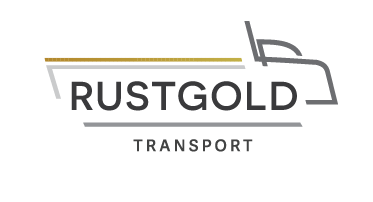How the VAT increase affects your business
Consumers and suppliers have by now had an opportunity to familiarise themselves with the increased Value-Added Tax (VAT) rate of 15% since 1 April 2018. There are however many technical considerations related to the increase that remain unclear. One such an uncertainty is with regards to deposits paid prior to the effective date of the increase, while goods and services are only rendered thereafter.
VAT vendors often require that consumers pay a deposit to secure the future delivery of goods or services (for example, an advance payment for the manufacture of goods, bookings in advance for holidays or accommodation etc.). The deposit paid by the consumer is then off-set against the full purchase price once they eventually receive the goods or services. The question arises what VAT rate the consumer will finally be subject to, where they paid a deposit before 1 April 2018, but the actual delivery of goods or services only takes place thereafter.
The answer to this question is found in the time of supply rules contained in section 9 of the Value-Added Tax Act.[1] In terms thereof, the “time of supply” of goods and services is at the time an invoice is issued by a supplier, or the time any payment of consideration is received by the supplier, whichever is the earlier. Two important concepts stem from this rule.
Firstly, an “invoice” needs to be issued by a supplier. In terms of section 1 of the VAT Act, an “invoice” is a document notifying someone of an obligation to make payment. It is therefore not necessary that a “tax invoice” – which has very specific requirements – needs to be issued. If consumers received only a “booking confirmation”, “acknowledgment of receipt” or similar document prior to 1 April 2018 that did not demand payment (such as tax invoice or pro-forma invoice), the time of supply was not triggered, and consumers will be subject to the 15% VAT rate once the goods or services are finally delivered after 1 April 2018.
Secondly, any deposit that was paid by the consumer, would have had to be applied as “consideration” for the supply of the goods or services to constitute “payment”. In this regard, consumers are largely dependent on how VAT vendors account for deposits in their financial systems. If deposits are accounted for separately (which is often the case with refundable deposits or where there are conditions attached to the supply) and only recognised as a supply when goods or services are received by the consumer, the deposit (although a transfer of money has occurred), would not constitute “payment”. For example, the time of supply may only be triggered once a guest has completed their stay at a guest house after 1 April 2018, resulting in VAT being levied at 15%.
The take away from the time of supply rules is therefore that payment of a deposit prior to 1 April 2018 does not necessarily result in a supply at 14% VAT and the rate to be applied is dependent on the specific facts of each case. Both consumers and VAT vendors should also take note that there are a number of rate specific rules that apply during the transition phase, and are encouraged to seek advice from a tax professional when they are in doubt about the rate to be applied.
[1] 89 of 1991 (the “VAT-Act”)
This article is a general information sheet and should not be used or relied on as legal or other professional advice. No liability can be accepted for any errors or omissions nor for any loss or damage arising from reliance upon any information herein. Always contact your financial adviser for specific and detailed advice. Errors and omissions excepted (E&OE)
